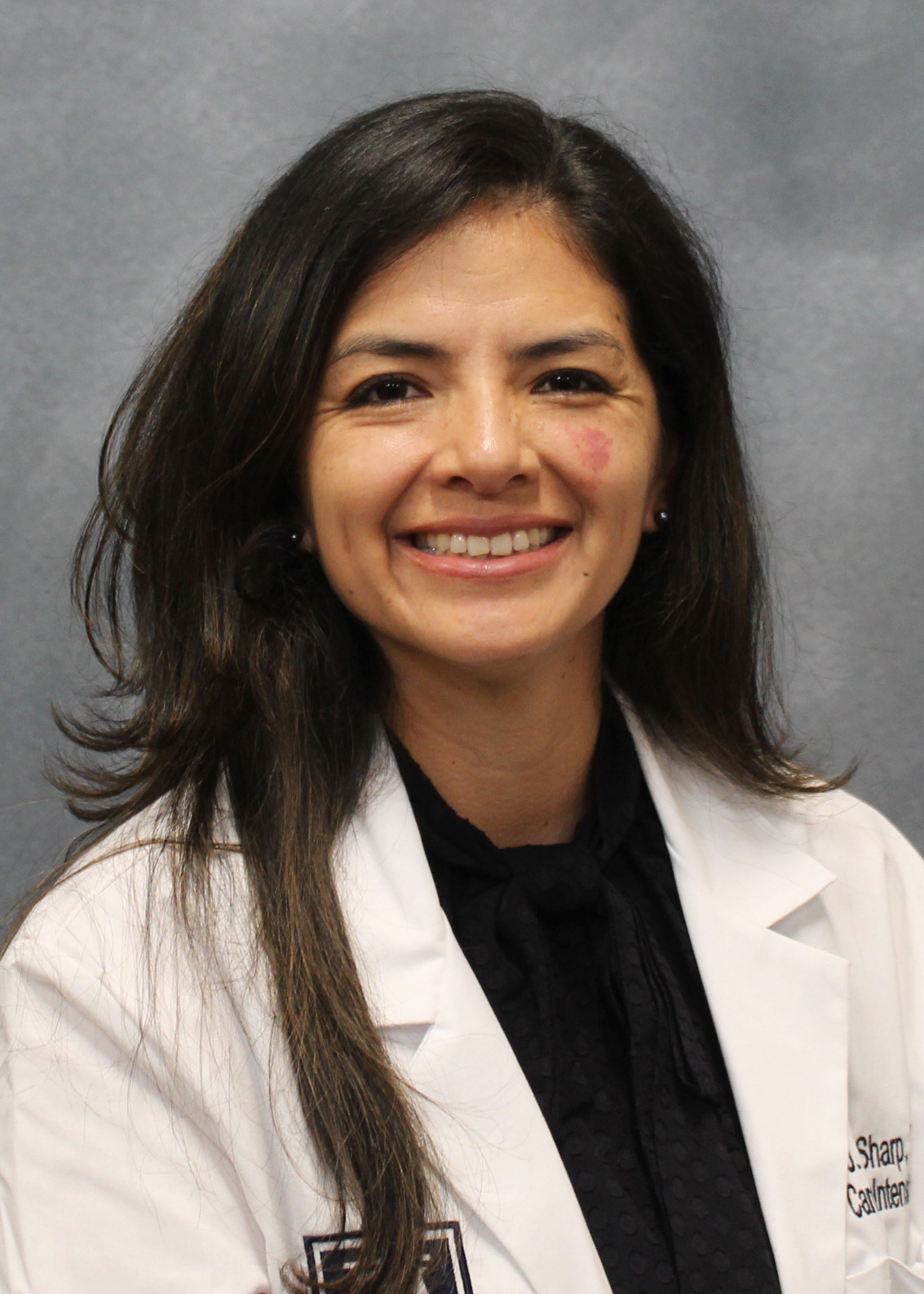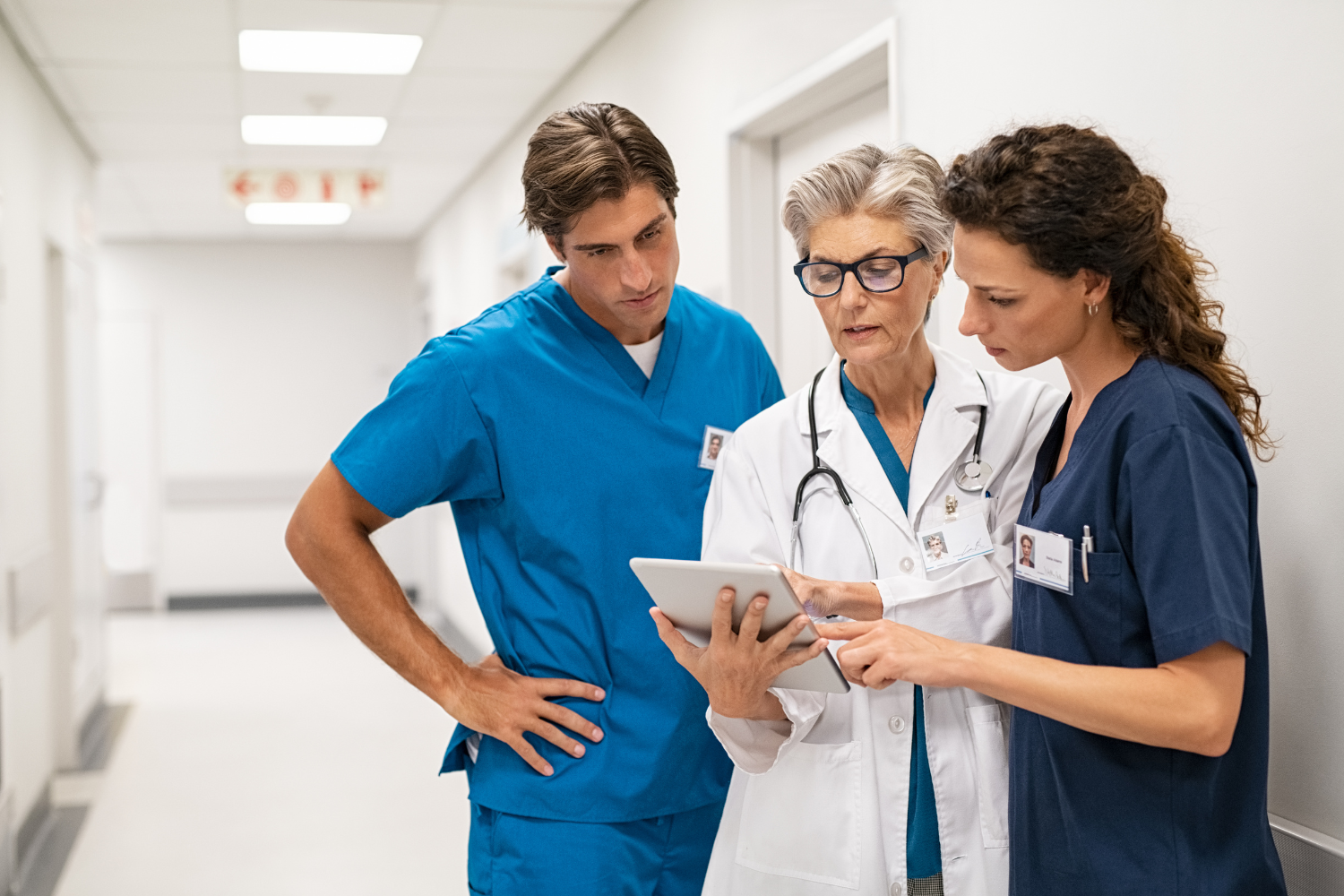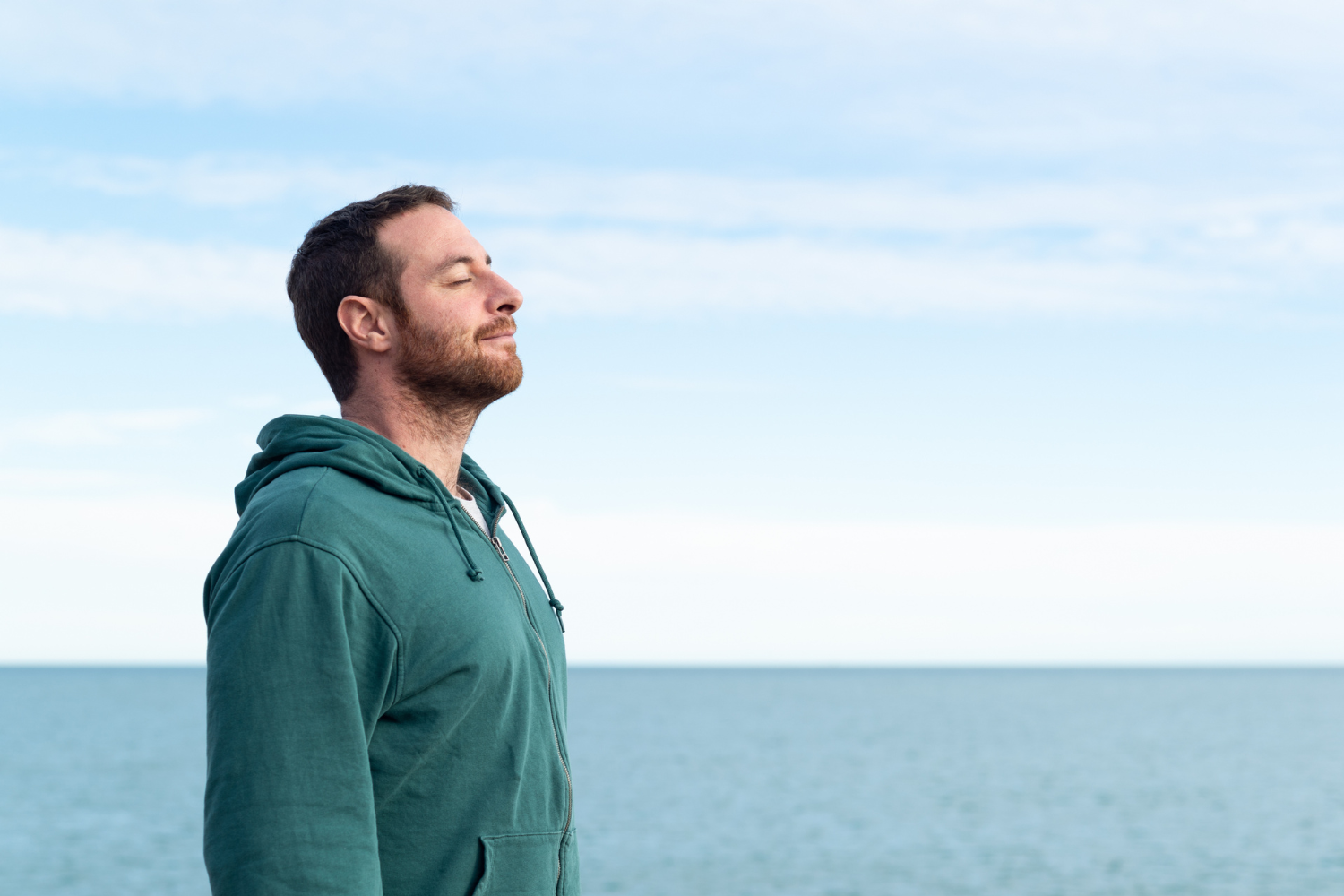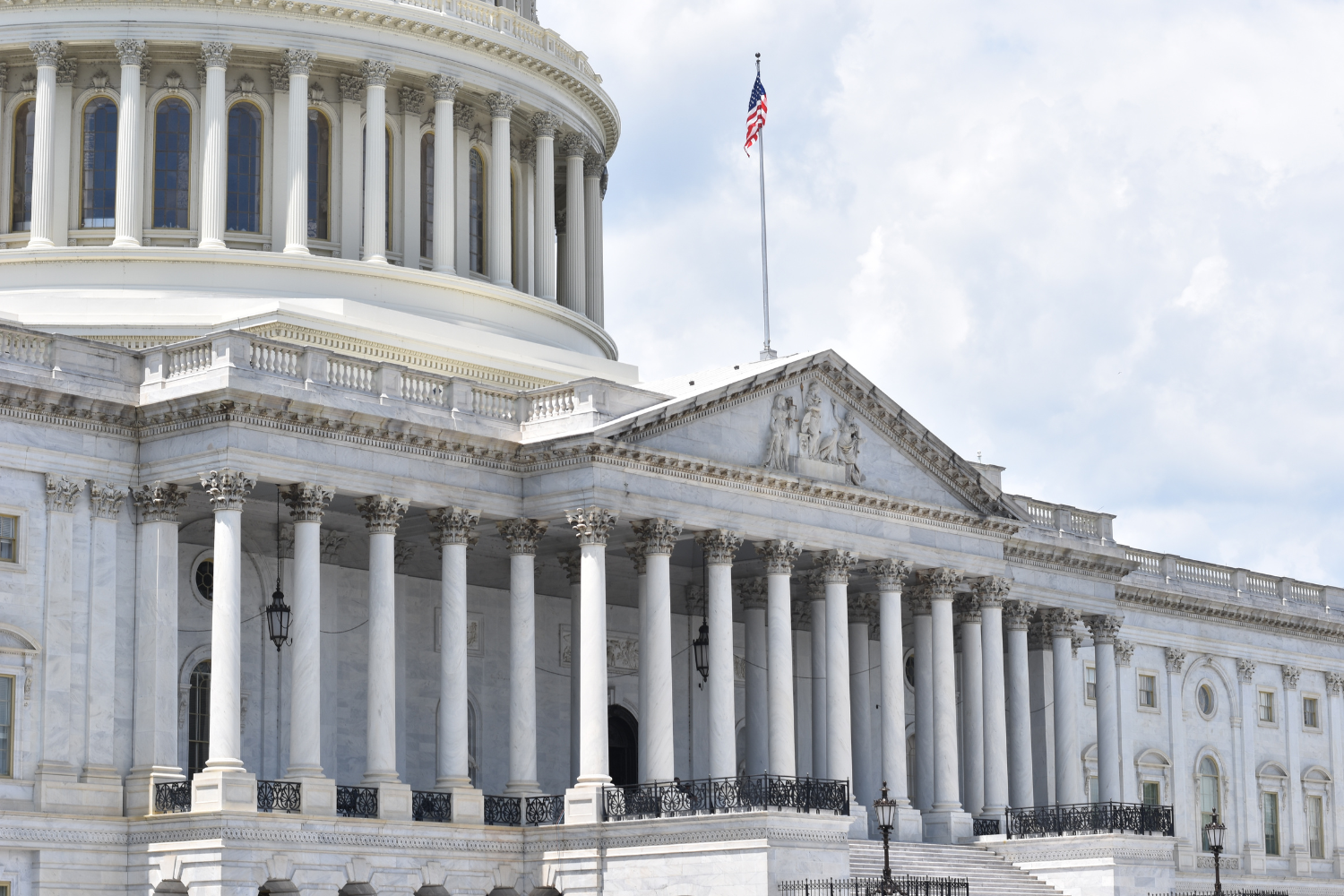This paper was submitted as part of Dr. Sharp's application for ACOFP Fellowship, which recognizes exceptional national, state, and local service through teaching, authorship, research, or professional leadership. Visit the ACOFP Fellows page to learn more about fellowship and the nomination process.
ABSTRACT
This paper aims to provide information and review available data and studies regarding the benefits of international rotations as well as global health curriculums for residents. With the growth of immigrant communities in the United States, as well as need for more physicians to care for underserved/isolated communities, understanding the benefits and challenges of global health education would be beneficial not only for training physicians but also for residency programs. While there is not enough recent data, the overall perspective of residents and perceived benefit, should encourage programs to work on curriculums to broaden resident’s perspectives in patient care and disease. This paper also aims to create points of discussion and opportunities for research to further encourage programs and entities to help with growing curriculums and overcome challenges.
INTRODUCTION
International rotations have been offered as established tracks in several Family residency programs in the past. There have been few studies determining the benefits of such rotations in the education of family medicine residents as well as their impact on patient care within the US. International rotations are important from the perspective of educating physicians about infectious diseases and disease patterns frequently seen in third world and tropical countries, which because of global warming and other issues, are becoming now prevalent in the northern hemispheres. They are also are a great way to expose residents to medicine in settings where little support or resources are available. Furthermore, they are important in training culturally sensitive physicians with understanding of limitations of their practice considering patient’s culture and their approach to healthcare. Besides the training in clinical skills for residents, international rotations provide a unique opportunity to educate the local communities in health prevention, standard of care practices and exposure to OMT as a form of treatment, considering many of the countries residents may travel to have not had any experience with DO’s or OMT. Lastly, international rotations can also be a way in which programs can become more attractive to medical students, as populations continue to become more diverse and students are becoming more interested in global public health, the growing burden of globalization of diseases and caring for immigrants and patients of different backgrounds. The purpose of this article is gathering available data regarding perceived benefits for residents of international rotations and the best way these can be implemented for their benefit.
METHODS
A literature search was performed with key phrases including “international medicine rotations”. “Global family practice”, “resident international experience”, “global health”. Articles and chapters were chosen based on the information provided as well as data from their studies regarding perceptions from residents and students regarding their experiences in medical education overseas as well as the quality of the curriculum provided at their program. Most of these were surveys post-experience as well as surveys on how they affected their interest in primary care, what they gained from the experience and how global health experiences changed their outlook on the future of their careers. Unfortunately, there were very few recent studies and there were no studies found on the use and education regarding OMT in the international setting.
The studies chosen were focused on residents in the United States, with one of the studies including residents in Canada as an exception. The larger studies were out of well-established international programs which have been around for several years with many students and residents participating.
LITERATURE REVIEW
Global and international health have come to the forefront of medicine over the last several years given the surge of immigration, development of pandemics due to travel, globalization of the economy and increased popularity of international travel, particularly to underdeveloped countries. Global health education not only involves education on infectious diseases globally. It involves learning about practicing in resource-poor environments, providing cost effective and culturally sensitive care, alternate use of medications as they are available, educating the community in prevention and care for chronic illnesses, and honing the use of clinical skills and history taking in order to find a diagnosis. All of these skills are not only helpful when providing care overseas but also can become key when practicing in underserved areas in the US, which often are remote and isolated.
While many programs have developed rich global health curriculums (6-8) with emphasis in cross-cultural care and infectious disease, there are no programs which have added OMM or OMT to these international curriculums. Many countries, have no awareness of DOs or OMM, yet, they have many patients with musculoskeletal complaints which could be easily managed by OMT. Although it is possible to travel with an OMT table for treatment, it would be of great use if basic OMT techniques are taught to local physicians to help their patients as well as how to treat when a special table is not available. Only one paper was available regarding international experiences with OMT (13) which basically described the experience of practicing OMT in Haiti and connecting them to the local health practices which was beneficial for connecting their beliefs in medicine and growing trust in western practices via OMT.
The purpose of this paper is to gather information available regarding global health education, the perceptions of residents, students and programs about global health and how it could be best applied considering current limitations and lack of recent significant studies.
EDUCATION
Presently, approximately 75% family residency programs in the country offer global health experiences (1). Previous surveys have shown that these programs’ primary focus of the global health experience is to train residents to serve underserved and immigrant communities locally. They work with residents in improving the quality of their clinical skills and gaining experience in limited resource environments. Many of the programs have developed 3–4-week curriculums, directed at residents who plan to participate in international rotations (5, 12, 9). Unfortunately, there are no set standards for global health curriculums and there are no guidelines for programs on their goals and requirements. It would be ideal for a basic curriculum to be developed in global health for the benefit of both, residents traveling overseas when possible and for those managing local communities as it would broaden their knowledge of challenges of underserved medicine and the diseases they may see. More studies based on experience and outcomes would be needed to help set the best curriculum if it is to be used broadly.
An example of such residency programs, Jefferson Health Northeast Family Medicine program in Philadelphia, PA, provided international opportunities to residents via participation with several NGOs including Doctors of the Americas and Nuestra Familia. Residents had the opportunity to travel to El Salvador and Nepal over the course of 6 years, the program provided lectures on global health, tropical disease and the NGOs provided education in managing health campaigns overseas and information needed for managing tropical and chronic diseases. All the residents and most of the attendings who participated were DO and when possible used OMT. The use was limited due to resources in the field. Clinics were generally set up outdoors and rarely there were exam tables. At the clinic, joint injections were performed, and ultrasound was used to help with some diagnoses. Unfortunately, the data regarding the perceived benefits and challenges for these rotations was not collected. However, from experiences reported by residents, they felt that their clinical skills, in particular diagnostic and exam skills were significantly enhanced, given the difficulty with obtaining any ancillary tests. Residents had to learn to manage quickly, but accurately and properly refer patients for testing, as obtaining tests, particularly in El Salvador could be difficult in a short period time. Residents also learned to identify and place tropical and parasitic diseases in their differentials and gained experience in managing them as well as teaching about prevention. They also express a renewed sense of worth and love for the practice of medicine, as they felt they were making a difference by helping hundreds of people who in other ways had no access to medical care. Each of the rotations were 2 weeks long, once a year. Sadly because of the short time and extended frequency between clinics, it was difficult to maintain any continuity, but with the help of local physicians, plans were started to start continuity clinics for hypertension and diabetes, and the NGOs would provide medications and distance follow up. Unfortunately, with the onset of COVID-19, plans for return and follow up were cancelled. Also because of the growing violence in El Salvador and less guarantees for safety, the groups were not able to return.
Although travel in general has become more difficult under the current circumstances, in the United States, there still has been a rapid growth of immigrant communities. Understanding culture and potential diseases that can be seen in these populations should still become a focus of more primary care programs. This can also be accomplished by improving global health curriculums and education in tropical medicine. For example, diseases such as Strongyloides, which is most seen on immigrants, is relatively unknown in the US. Strongyloides is a parasite which is often seen in tropical and subtropical areas of the globe, and particularly in areas with poor sanitation and rural/remote communities. There are 2 types, one transmitted by dogs and one transmitted by primates, particularly in sub-Saharan Africa. Initially patients present with a rash at the site of skin penetration, but larvae can extend to trachea and lungs causing a dry cough. When they are swallowed, patients may experience diarrhea, constipation, abdominal pain and anorexia. Chronic strongyloides can be asymptomatic but can lead to” arthritis, cardiac arrhythmias, chronic malabsorption, duodenal obstruction, nephrotic syndrome and asthma” (14). Hyper infection can occur when patients are treated with high dose steroids or become immune-suppressed. These patients can experience infection to several organs including nervous system; complications can be severe and if left untreated mortality can approach 90% (14). These iatrogenic complications can be avoided if physicians were aware of the potential for chronic infection in patients from the above-named areas and the parasites were treated prior to treatment with high dose steroids if they are needed. Strongyloides has an over 40% prevalence rate in immigrant populations and is a lifelong parasite unless treated. Physicians in areas where this is endemic, are very aware of the long-term issues and have learned to identify and treat promptly (4). A study conducted in about 15 residency programs in the US, Brazil, Singapore and Thailand, with the last 3 being endemic areas, showed that of the US trained physicians, only 11% (N 127) would conduct further testing/treatment when presented with a Strongyloides case, as compared to 59% of the physicians from endemic areas (4). Awareness increased once these programs used electives and global health courses and overall recognition improved.
Having access to the curriculum and overall international travel experiences can be enriching not only in the academic aspect of training but also in recognizing individual resident’s passion for travel and care of underserved patients, thus, renewing the sense of purpose of young physicians and improving career satisfaction.
The benefits of global health programs are not limited to resident or student education but also would extend into residency programs. Primary care residencies with global health programs not only report increased resident satisfaction but also, they have increased interest in the part of students to match at those programs. Several studies have shown that many of the students who participate in any form of global health education during their rotations, report an increased interested in matching in residencies related to primary care, and providing care to underserved areas (2, 3, 6) as well as overall interest in the residency programs that offer this curriculum (11). Residents in these studies also reported overall improvement in dealing with limited resources and cross-culture communication. They report also increased interest in participating in community activities to improve health, work with underserved groups and community involvement in the care of patients, which in turn would benefit the community overall.
CHALLENGES
One of the biggest challenges to international rotations is the programs’ ability to help offset costs, creating a constraint for medical students and residents to participate. In addition, time constraints when related to time off from residency requirements and curriculums as well as family/wellness can hinder any international travel.
Furthermore, considering the current situation with pandemics and limitations in travel and access to areas in need, it is uncertain when it would be possible for programs to continue with overseas rotations. Unfortunately, many of the areas of the world that are in most need have challenges not only with health but also safety. Violence, global and economic instability and political unrest, removes many areas of the world as opportunities for international rotations.
While there are groups in many countries that may host students and residents and help with the logistics of these rotations, they cannot guarantee safety. Some larger programs in the United States such as Yale, Mayo clinic and University of Arizona, have well established international rotation curriculums. Perhaps a network can be started where residents from other programs can connect to their clinics and opportunities for travel and help create a general curriculum for more standardized education in global health. The American Academy of Family Physicians has a website with information for scholarships to international travel for residents and students as well as scholarships for global health training. In addition, they have resources for funding of fellowship and training programs for those interested.
CONCLUSION
There are several benefits of having a global health curriculum as well as international experiences for residents, residency programs and the community as noted. However, there is not enough data to promote widespread changes to residency programs to include these opportunities and currently the challenges are greater than the perceived benefits. More studies are needed to determine the benefits and perception of residents about these rotations. Also, studies about the benefit for the community of clinics set up through international rotations and further research into tropical disease education of US physicians would be helpful.
As mentioned above, it would also be helpful to expand research into OMT in international communities to help merge care and cultural sensitivity by introducing patients to osteopathic philosophy of care.
While it is difficult to travel currently, many of these studies and opportunities can also be carried out in the meantime in the US. Research in large immigrant communities, underserved communities and rural towns would be a good start point by allowing exposure of resident and students to similar challenges as seen overseas. Also, programs could start creating global health curriculums with emphasis in cross-cultural competency education and recognition of tropical diseases and potential diseases seen in immigrant populations.
REFERENCES
- Hernandez Mondragon, Ruben & Sevilla-Mártir, Javier & Durme, Daniel & Faller, Meredith & yow, Sabrina & Davies, Kelly & Al Achkar, Morhaf. (2016). Global Health in Family Medicine Residency Programs: A Nationwide Survey of US Residency Directors: A CERA Study. Family medicine. 48. 532
- Thompson, Matthew J. MBChB, MPH; Huntington, Mark K. MD, PhD; Hunt, D. Dan MD; Pinsky, Linda E. MD; Brodie, Jonathon J. MD Educational Effects of International Health Electives on U.S. and Canadian Medical Students and Residents, Academic Medicine: March 2003 - Volume 78 - Issue 3 - p 342-347
- Pust, R E; Moher, S P A core curriculum for international health, Academic Medicine: February 1992 - Volume 67 - Issue 2 - p 90-4
- Bjorklund AB, Cook BA, Hendel-Paterson BR, Walker PF, Stauffer WM, Boulware DR. Impact of global health residency training on medical knowledge of immigrant health. Am J Trop Med Hyg. 2011 Sep;85(3):405-8. doi: 10.4269/ajtmh.2011.10-0732. PMID: 21896795; PMCID: PMC3163857.
- Haq, Cynthia & Rothenberg, Debra & Gjerde, Lisa & Bobula, James & Wilson, Calvin & Bickley, L & Cardelle, Alberto & Joseph, A. (2000). New world views: Preparing physicians in training for global health work. Family medicine. 32. 566-72.
- Gupta, AR & Wells, C & Horwitz, Ralph & Bia, F & Barry, M. (2000). The International Health Program: The fifteen-year experience with Yale University's Internal Medicine Residency Program. The American journal of tropical medicine and hygiene. 61. 1019-23. 10.4269/ajtmh.1999.61.1019.
- Adam P. Sawatsky, David J. Rosenman, Stephen P. Merry, Furman S. McDonald,
Eight Years of the Mayo International Health Program: What an International Elective Adds to Resident Education, Mayo Clinic Proceedings, Volume 85, Issue 8, 2010, Pages 734-741, ISSN 0025-6196,
William C. Miller, G.Ralph Corey, Gunther J. Lallinger, David T. Durack, International health and internal medicine residency training: The Duke University experience, The American Journal of Medicine, Volume 99, Issue 3, 1995, Pages 291-297,
- Pust, R E; Moher, S P A core curriculum for international health, Academic Medicine: February 1992 - Volume 67 - Issue 2 - p 90-4
- Drain PK, Holmes KK, Skeff KM, Hall TL, Gardner P. Global health training and international clinical rotations during residency: current status, needs, and opportunities. Acad Med. 2009 Mar;84(3):320-5. doi: 10.1097/ACM.0b013e3181970a37. PMID: 19240438; PMCID: PMC3998377.
- Bazemore AW, Henein M, Goldenhar LM, Szaflarski M, Lindsell CJ, Diller P. The effect of offering international health training opportunities on family medicine residency recruiting. Fam Med. 2007 Apr;39(4):255-60. PMID: 17401769.
- Schultz SH, Rousseau S. International health training in family practice residency programs. Fam Med. 1998 Jan;30(1):29-33. PMID: 9460613.
- Coupet, Sidney, Howell, Joel D. and Ross-Lee, Barbara. "An International Health Elective in Haiti: A Case for Osteopathic Medicine" Journal of Osteopathic Medicine, vol. 113, no. 6, 2013, pp. 484-489. https://doi.org/10.7556/jaoa.2013.113.6.484
- https://www.cdc.gov/parasites/strongyloides/biology.html
- https://www.aafp.org/family-physician/patient-care/global-health/education/scholarships-funding.html

 Shirley Lizcano Sharp, DO, MS, FACOFP
Shirley Lizcano Sharp, DO, MS, FACOFP




